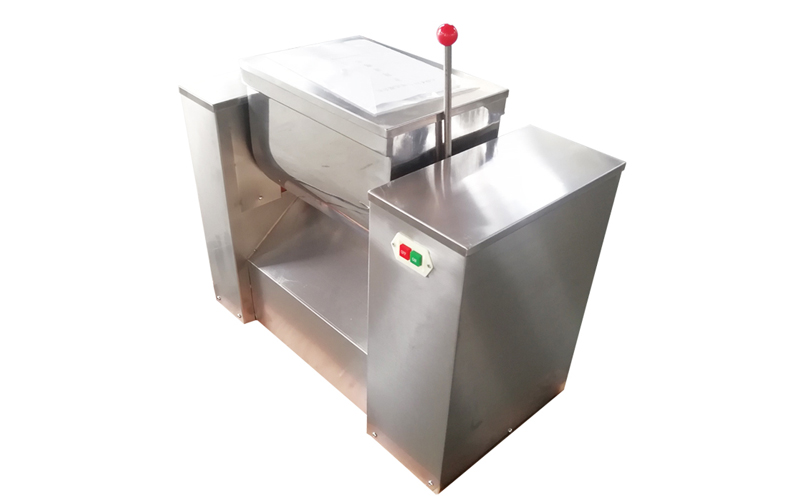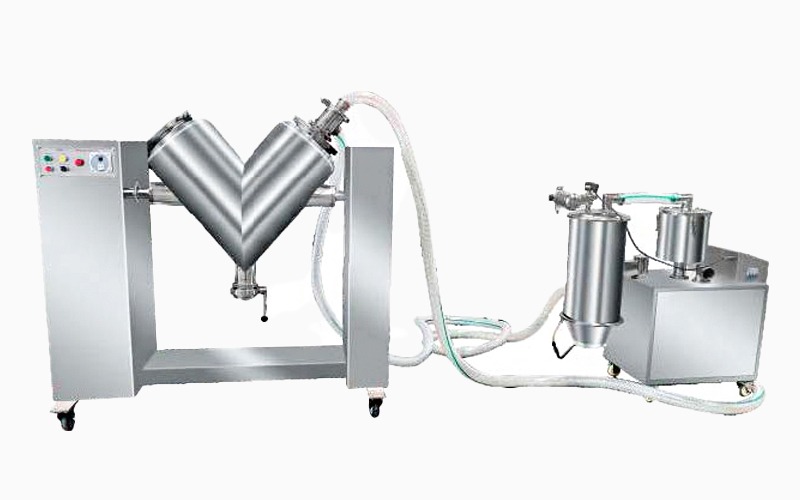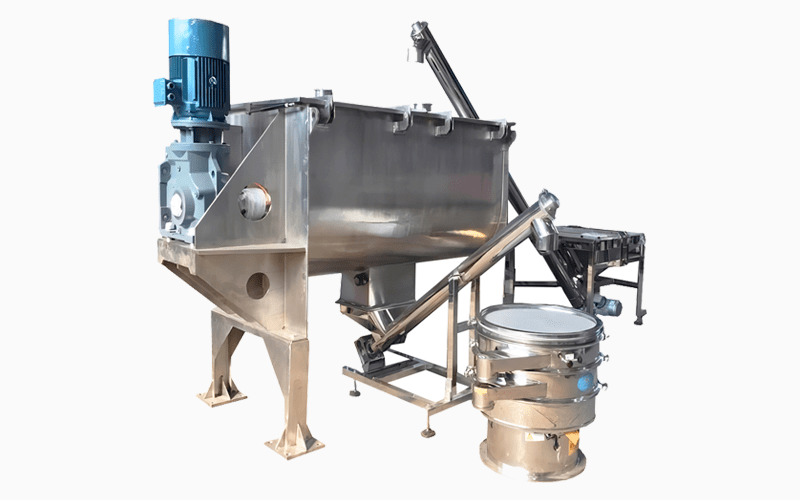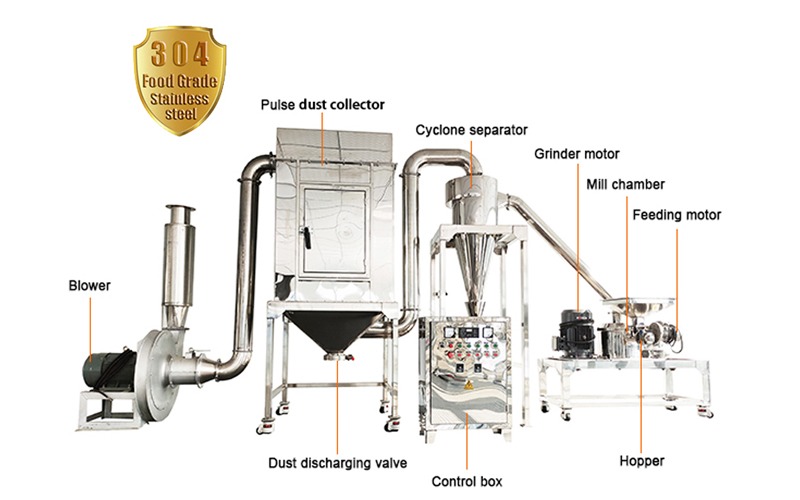Batch mixing needs equipment that’s easy to use and effective. Trough type mixers fit the bill with a practical design for blending various materials. They’re popular in agriculture and food for B2B setups. Here’s what makes them useful and what’s changing.
How They Perform
A trough type mixer has a U-trough with paddles on a shaft. Rotation stirs materials, creating a uniform mix. It’s for batches, with simple load and unload.
This practical approach works for dry or wet blends, providing reliable performance.
Practical Strengths
Strengths feature:
Practical Use: Simple to operate for daily tasks.
Uniform Mixes: Effective stirring for consistency.
Batch Flexibility: Sizes for different volumes.
Durable Build: Handles wear well.
Savings: Affordable with low costs.
In agriculture, mixing feeds could ensure balanced nutrition.
Industry Applications
Applications include:
Agriculture: Feed blending.
Food: Ingredient mixing.
Chemicals: Powder compounding.
Construction: Additive preparation.
In food, it prepares even batters.
Buying Tips
Focus on size, material, and features. Choose for your batch needs.
Innovation Trends
Batch material mixing is adding smart sensors and green energy options for better efficiency.
Trough type mixers are practical for batch mixing, offering value. Seek supplier advice for your operation.











